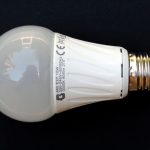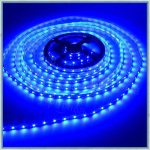Choosing the Right Wire Gauge for Your 12V LED Light Bar: A Comprehensive Guide
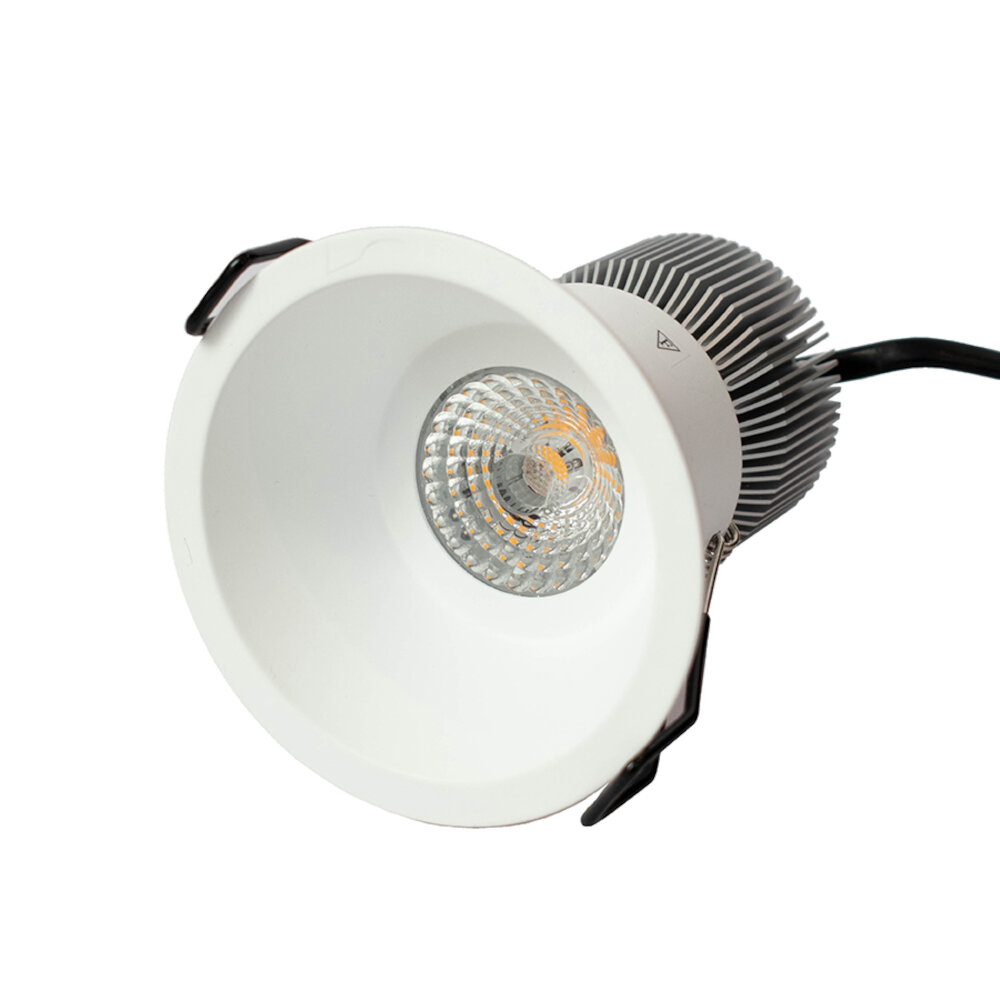
When it comes to installing a 12V LED light bar, choosing the right wire gauge is essential. The wire gauge you use will determine the amount of electrical current that can flow through the wire, and using an incorrect wire gauge can lead to problems such as overheating, voltage drop, and even electrical fires. Therefore, selecting the right wire gauge is crucial to ensure both the safety and efficiency of your LED light bar. A comprehensive guide to choosing the right wire gauge for your 12V LED light bar is essential for anyone who wants to install a light bar themselves. This guide will provide you with all the information you need to know about wire gauges, including the different types of wire gauges, how to calculate the right wire gauge for your LED light bar, and some tips on how to install your LED light bar safely and efficiently. So, whether you’re a DIY enthusiast or a professional installer, this guide will help you make the right choice when it comes to selecting the right wire gauge for your 12V LED light bar.
Choosing the right wire gauge for your 12V LED light bar is critical for ensuring optimal performance and safety. The wire gauge determines the amount of electrical current that can flow through the wire, and if the wire is too thin, it can overheat and pose a fire hazard. Additionally, using a wire that is too thin can cause voltage drop and reduce the brightness of your LED light bar. On the other hand, using a wire that is too thick can be wasteful and unnecessary. Therefore, selecting the appropriate wire gauge is essential for achieving maximum efficiency and avoiding any potential safety hazards.
The article \Choosing the Right Wire Gauge for Your 12V LED Light Bar: A Comprehensive Guide\ provides a detailed explanation for selecting the appropriate wire gauge for 12V LED light bars. It covers the fundamental factors, such as the distance between the power source and the light bar, the maximum current rating of the LED strip, and the wire’s resistance. Additionally, it highlights the importance of choosing the correct wire gauge to avoid voltage drop, which can lead to dimming or flickering of the LED lights. The article also includes a convenient wire gauge chart to assist in selecting the appropriate wire gauge for various LED light bar setups. Whether you’re a DIY enthusiast, a professional electrician, or someone in between, this guide provides valuable insights to help you make an informed decision for your LED light bar wiring needs.
Understanding Wire Gauge and Current Capacity

Understanding wire gauge and current capacity is crucial when choosing the right wire for your 12V LED light bar. Wire gauge refers to the thickness of the wire, measured in American Wire Gauge (AWG). The lower the AWG number, the thicker the wire. Thicker wires have less resistance, which means they can carry more current without overheating or melting. Current capacity refers to the maximum amount of current that a wire can safely carry without overheating or melting. It is determined by the wire gauge, length, and the temperature rating of the insulation. When choosing the right wire gauge for your 12V LED light bar, it is important to consider the current draw of the light bar. The current draw is the amount of current that the light bar will draw from the power source. To calculate the current draw, you can divide the power (in watts) by the voltage (in volts). For example, a 120-watt light bar powered by a 12V battery will draw 10 amps (120 watts / 12 volts = 10 amps). Once you know the current draw, you can choose the appropriate wire gauge based on the current capacity chart. Using a wire that is too thin for the current draw can cause the wire to overheat and melt, which can be dangerous and cause a fire.
Wire gauge refers to the thickness of an electrical wire, which is a crucial factor in determining the amount of electrical current that can pass through it. In general, the thicker the wire, the more current it can handle without overheating, which can cause damage to the wire or even create a fire hazard. Wire gauge is measured using a gauge system, which assigns a numerical value to the thickness of the wire based on its diameter. The most common gauge system used in the United States is the American Wire Gauge (AWG) system, which ranges from 0000 (the thickest wire) to 40 (the thinnest wire). It is important to choose the right wire gauge for your 12V LED light bar to ensure that it operates safely and efficiently.
The current capacity of a wire is directly related to its gauge size, with larger gauge wires having a higher capacity for carrying electrical current. As the wire gauge gets smaller, its current capacity decreases, which can lead to overheating and potential safety hazards. Therefore, it is crucial to choose the right wire gauge for your 12V LED light bar to ensure optimal performance and avoid any electrical problems. It is recommended to use a wire gauge size that can handle at least the maximum current draw of your LED light bar to prevent voltage drops and ensure a safe and reliable electrical system.
A table/chart outlining wire gauge sizes and their respective current capacities is an essential tool for anyone looking to install a 12V LED light bar. The table/chart should list wire gauges from 18 AWG to 10 AWG and their corresponding maximum current capacities. As the wire gauge decreases, the current capacity increases, ensuring that the wire can handle the increased power demand of the LED light bar. It is crucial to choose the correct wire gauge for your LED light bar to prevent overheating, voltage drop, and potential electrical hazards. Consulting a wire gauge chart/table can help ensure safe and effective installation of your LED light bar.
Determining the Wire Gauge for Your LED Light Bar
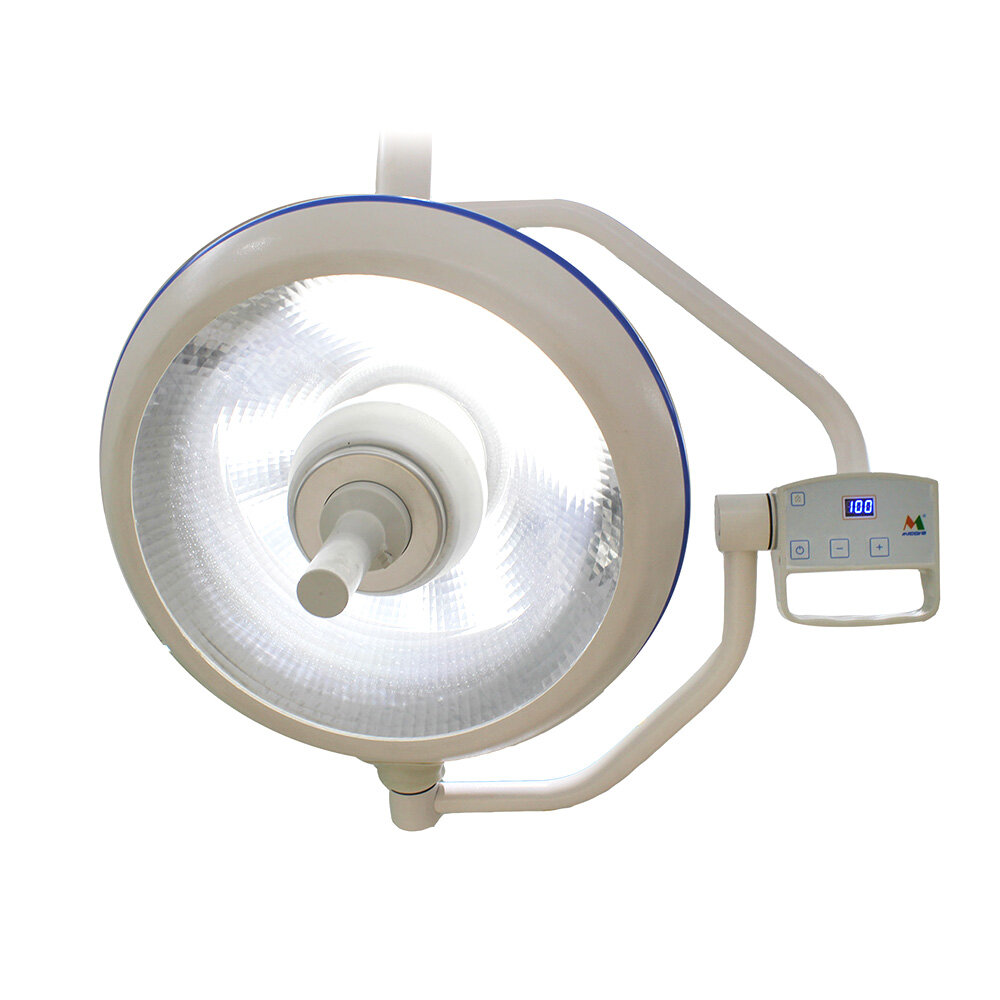
Determining the wire gauge for your LED light bar is crucial to ensure its optimal performance and safety. The wire gauge refers to the diameter of the wire, with smaller numbers indicating thicker wires. The gauge number determines the amount of current that can pass through the wire without overheating or causing a voltage drop. Choosing the right wire gauge for your LED light bar depends on the length of the circuit and the current requirements of the light bar. To determine the appropriate wire gauge for your LED light bar, you need to calculate the amperage of the light bar and the length of the wire. The amperage rating can be found on the light bar’s specification sheet. Generally, a 12V LED light bar draws around 0.5 to 1.5 amps per foot, depending on its brightness level. Once you have the amperage rating, you can use a wire gauge chart to find the right wire size for your circuit length. Generally, a 16-gauge wire is suitable for up to 5 feet, 14-gauge wire for up to 10 feet, 12-gauge wire for up to 20 feet, and 10-gauge wire for up to 30 feet. However, if you are unsure, it is always better to go for a larger wire gauge to avoid voltage drops and ensure safety.
Choosing the correct wire gauge for your 12V LED light bar is a crucial step in ensuring optimal performance, safety, and longevity of your lighting system. To determine the appropriate wire gauge, you must consider the length of the wire, voltage drop, and the amperage of your LED light bar. The calculation method involves measuring the distance between the power source and the LED light bar, multiplying it by the amperage, and finding the appropriate wire gauge using a wire gauge chart. It’s important to note that using a wire gauge that is too small can lead to voltage drop, heat buildup, and ultimately damage to your LED light bar. On the other hand, using a wire gauge that’s too large can result in unnecessary weight and cost. Therefore, it’s crucial to find the right balance and choose the appropriate wire gauge for your specific LED light bar setup.
When it comes to choosing the right wire gauge for your 12V LED light bar, there are several factors that you need to consider. One of the most important factors is the length of the wire. The longer the wire, the more resistance it will have, which can affect the performance of your LED light bar. Additionally, you need to consider the amperage of the LED light bar. This is because different wire gauges have different amp capacities, and if you choose a wire that can’t handle the amperage of your LED light bar, it can lead to overheating, damage or even fire hazards. Therefore, it’s crucial to carefully consider these factors to ensure the safety and performance of your LED light bar.
When it comes to choosing the right wire gauge for your 12V LED light bar, there are a few calculations you need to keep in mind. For example, if you have a 30-inch LED light bar that draws 5 amps of current, you will need to use a wire gauge that can handle at least 15 amps of current. This is because the light bar will be drawing power from your vehicle’s battery, and if the wire gauge is too small, it can overheat and potentially cause a fire. To determine the right wire gauge, you can use an online wire gauge calculator that takes into account the length of the wire, the current draw of the light bar, and the voltage of your vehicle’s battery. It’s important to choose a wire gauge that is rated for the maximum amperage of your light bar to ensure safe and reliable operation.
Common Wire Gauge Mistakes to Avoid
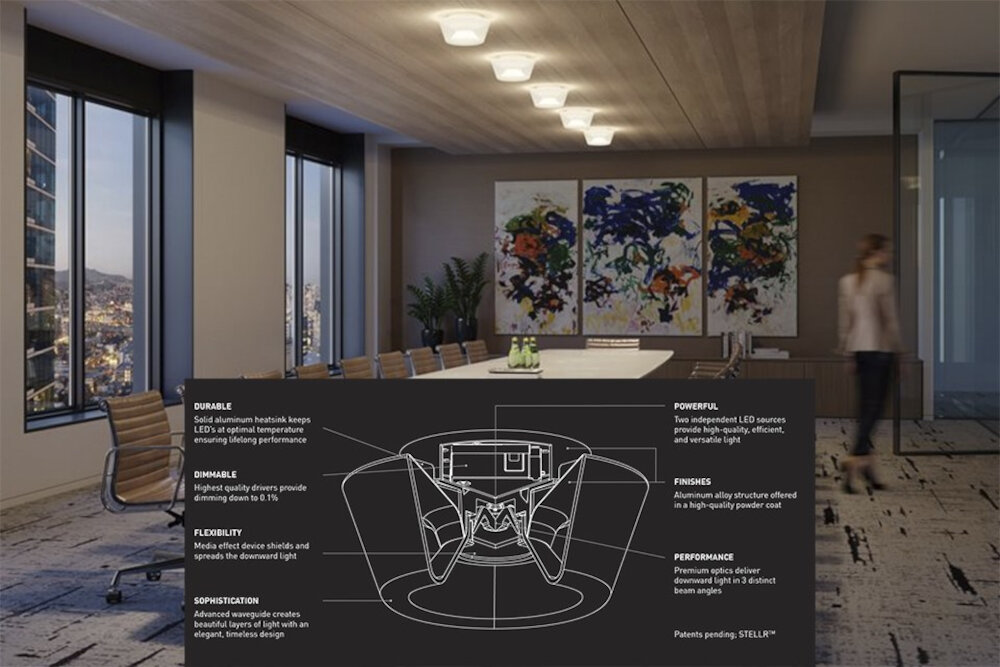
When it comes to selecting the right wire gauge for your 12V LED light bar, it is important to avoid common mistakes that can lead to poor performance and even safety hazards. One of the most frequent mistakes people make is using a wire gauge that is too small for the amount of current being drawn. This can cause the wire to overheat and potentially start a fire. To avoid this mistake, it is important to calculate the total current draw of your LED light bar and choose a wire gauge that can handle that amount of current without overheating. Another common mistake is using the wrong type of wire for the job. For example, using solid core wire instead of stranded wire can cause problems when the wire needs to be flexed or bent. Additionally, using wire with a jacket that is not rated for outdoor use can result in damage from exposure to the elements. To avoid these mistakes, make sure to choose wire that is appropriate for the specific application and environment. By avoiding these common wire gauge mistakes, you can ensure the safety and optimal performance of your 12V LED light bar.
One common mistake people make when choosing the wire gauge for their 12V LED light bar is overestimating their current capacity. It’s important to remember that the current capacity of a wire is determined by its cross-sectional area, and choosing a wire that is too thin could result in voltage drop and potentially damage your LED light bar. On the other hand, selecting a wire that is too thick can be unnecessary and may add unnecessary weight and cost. It’s important to carefully calculate the current requirements of your LED light bar and choose a wire gauge that can safely handle that load, without overestimating or underestimating its capacity.
One common mistake when installing LED light bars is underestimating the necessary wire length. This can lead to a frustrating and time-consuming installation process, as well as potential safety hazards. It is important to carefully measure the distance between the light bar and the power source, taking into account any twists, turns, or obstacles along the way. Additionally, it is recommended to add a few extra inches to the calculated length to allow for flexibility and ease of installation. Choosing the appropriate wire gauge is also crucial in ensuring the safe and efficient operation of the LED light bar. By carefully planning and measuring the wire length, you can save time, money, and potential headaches in the installation process.
When it comes to installing a 12V LED light bar, selecting the correct wire gauge is crucial. Choosing an incorrect gauge wire can lead to a wide range of issues, including voltage drop, overheating, and electrical fires. Using a wire that is too small for the application can cause resistance and result in a significant loss of power, which can lead to dim or flickering lights. On the other hand, using a wire that is too large can add unnecessary weight and cost to the installation. Therefore, it is essential to understand the power requirements of the LED light bar and choose the appropriate wire gauge to ensure safe and efficient operation.
Choosing the right wire gauge for your 12V LED light bar is crucial for both safety and performance reasons. To avoid mistakes, you should start by calculating the total current draw of your LED light bar and selecting a wire gauge that can handle it without overheating. Remember to also consider the length of the wire and the voltage drop that can occur as it travels from the power source to the LED light bar. Using a wire gauge that is too small or too large can result in poor performance, damage to the LED light bar, and even fire hazards. It’s important to consult a professional or do thorough research before making a decision to ensure you choose the right wire gauge for your specific needs.
In conclusion, choosing the right wire gauge for your 12V LED light bar is crucial to ensure proper functionality and avoid potential hazards. It is important to consider factors such as the length of the wire, the wattage of the light bar, and the amperage of the circuit. Selecting a wire gauge that can handle the maximum amount of current that will be drawn through it is essential. It is also important to ensure that the wiring is properly installed and secured to prevent any damage or safety concerns. By following these guidelines, you can confidently select the appropriate wire gauge for your 12V LED light bar and enjoy its benefits for years to come.
Choosing the right wire gauge for LED light bars is crucial to ensure optimal performance and safety. A wire gauge that is too small can result in voltage drops, which can lead to dimming or flickering lights, and even damage to the LED light bar. On the other hand, a wire gauge that is too large can be unnecessary and costly. It is important to consider the length of the wire run and the amperage of the LED light bar when selecting the appropriate wire gauge. A comprehensive guide can provide valuable information and help you make an informed decision to ensure that the wire gauge matches the requirements of the LED light bar, resulting in efficient and reliable operation.
In conclusion, choosing the right wire gauge for your 12V LED light bar is critical to ensure proper functioning and avoid any potential hazards. It is essential to consider the length of the wire, the amperage of the device, and the voltage drop to determine the appropriate gauge. Always use high-quality wires and connectors to prevent any unwanted complications, such as electrical fires. It is advisable to seek professional help if you are unsure or inexperienced in this area. With these guidelines, you can enjoy a safe and effective lighting system that will enhance the ambiance and functionality of your vehicle.
Conclusion
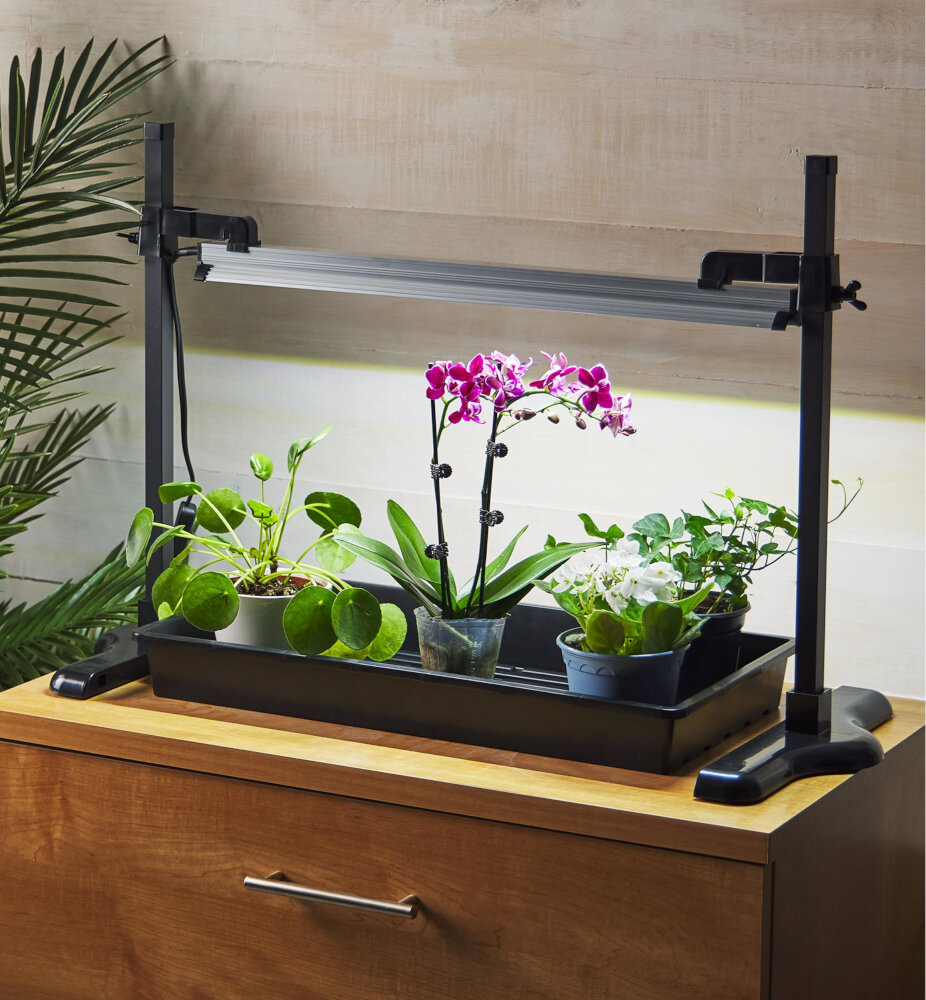
In conclusion, selecting the appropriate wire gauge for your 12V LED light bar is crucial to ensure optimal performance and safety. It is important to consider factors such as distance, amperage, and voltage drop when choosing the appropriate wire size. By following the comprehensive guide outlined in this article, you can confidently and effectively select the right wire gauge for your LED light bar. Remember, investing in the proper wire size may save you from potential hazards and costly replacements in the long run.


